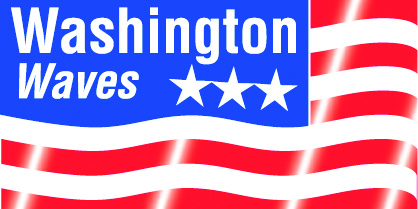Washington, D.C.—The U.S. Army Corps of Engineers released to Congress a fiscal year 2019 work plan for its civil works program, allocating roughly $2 billion to specific programs, projects and activities (PPAs).
Of those funds, $1.292 billion will go to navigation, $441 million to flood risk management, $335 million to other authorized project purposes and $30 million to the Formerly Utilized Sites Remedial Action Program (FUSRAP).
“The Army’s Civil Works FY 2019 work plan provides funding to start, continue, and complete studies and construction projects that will get dirt moving to better the lives of Americans, their infrastructure, economy and environment,” said R.D. James, assistant secretary of the Army for civil works.
According to the Corps statement, the work plan funds to completion 15 feasibility studies and one Limited Re-evaluation Report, five projects in the Preconstruction Engineering and Design phase and 21 construction projects or elements of projects.
In September, President Donald Trump signed into law a spending bill that allocated roughly $4.4 billion to specific PPAs, leaving the Corps to allocate the remaining $2.099 billion.
Coast Guard Authorization
The U.S. House gave final congressional approval to a Coast Guard authorization measure that includes provisions on vessel incidental discharges, maritime drug and border enforcement and multiyear contracting on securing future national security cutters.
Approved by a voice vote, S. 140, the Frank Lobiondo Coast Guard Authorization Act of 2018 now heads to the White House for President Donald Trump’s signature.
It also increases authorized funding to roughly $10.6 billion for fiscal year 2019.
“I am particularly pleased this bill simplifies the patchwork of regulations regarding a vessel’s ballast water discharge by adopting key provisions of my Commercial Vessel Incidental Discharge Act,” said Sen. Roger Wicker (R-Miss.), who sponsored those provisions.
Those provisions delegate the lead role in establishing standards for discharges incidental to the normal operation of a vessel to the Environmental Protection Agency, and assigns the Coast Guard the lead role in monitoring and enforcing standards.
Other key points highlighted by lawmakers: Pacific Coast ballast water exchanges will continue, the Great Lakes may set their own basin-wide standards and states will be allowed to establish no-discharge zones for areas that require additional protection.
Medical Manual
The U.S. Coast Guard is seeking public comment on a draft Merchant Mariner Medical Manual that should assist medical practitioners, the maritime industry, individual mariners and Guard personnel in evaluating mariner applicants’ physical and medical statuses to meet the requirements of the merchant mariner medical certificate.
“This draft commandant instruction manual incorporates and consolidates prior guidance on the medical evaluation of merchant mariners contained in several Coast Guard documents,” the National Maritime Center stated.
“The manual includes guidance on the medical certificate and related processes, including procedures for application, issuance, and cancellation of the medical certificate.”
The NMC said the Guard’s request for comment includes an emphasis on the draft manual’s readability, clarity and ease of use.
“We welcome suggestions on how the manual can be improved,” the NMC stated.
“We are particularly interested in whether the draft manual adequately addresses safety concerns in situations where the Coast Guard receives information indicating that a medical certificate holder has developed a medical condition that poses a significant risk of sudden incapacitation, or is taking a medication that poses a significant risk of impairment.”
Comments must be submitted by January 14.
For additional information, contact Adrienne Buggs, M.D. at 202-372-2357 or by e-mail to MMCPolicy@uscg.mil.




